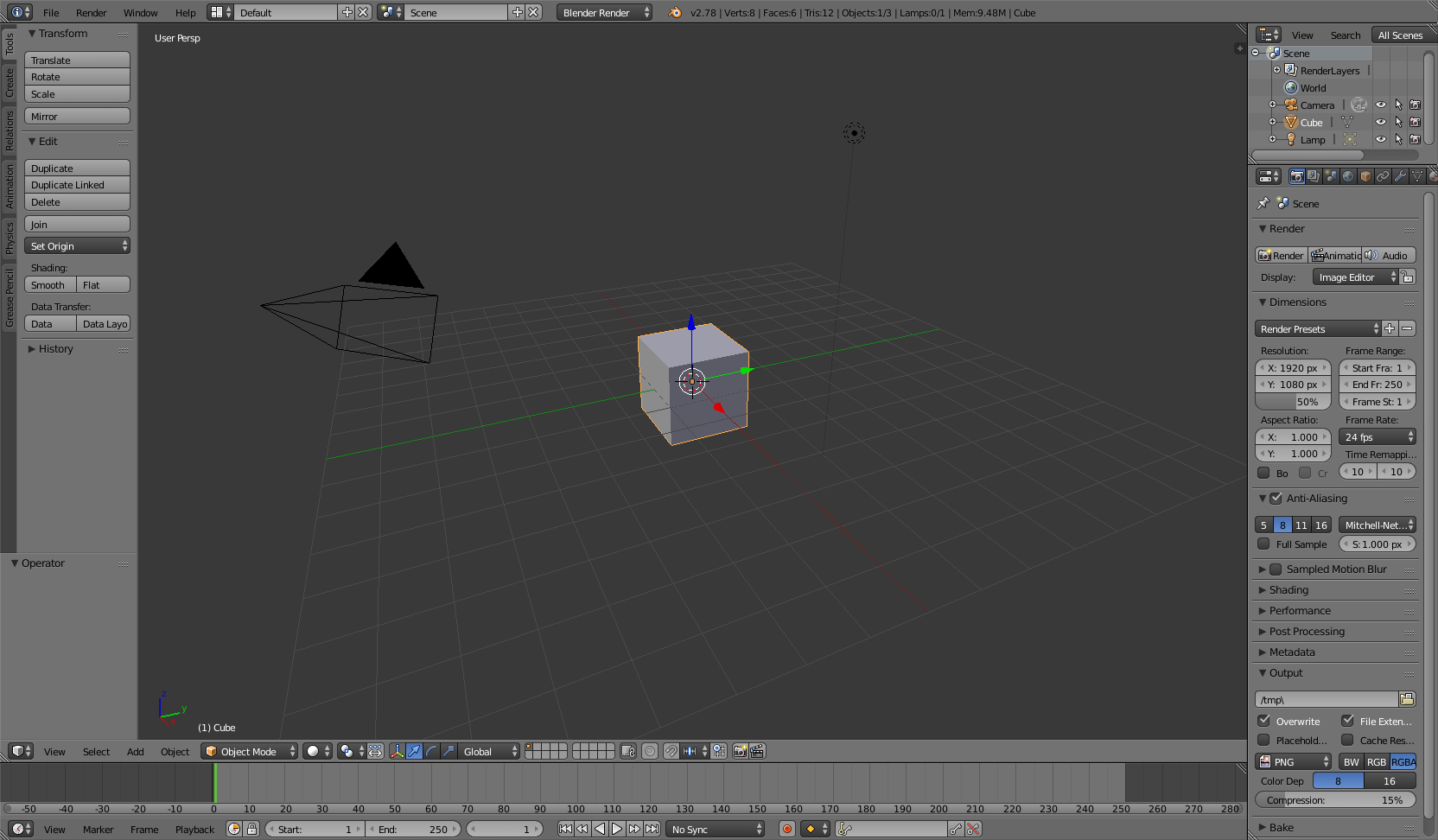

Related to the proposal is to make Blender’s current editmodes atomic and flexible, allowing tool designers to combine multiple editmodes together for more efficient workflows.įinal decisions on the proposal and editmodes are pending a design and review workshop with contributors, which is tba. The benefit would be to achieve extreme detailed resolution, without need for massive polygon datasets, memory use and giant files.

This would eliminate the need for multires, and introduce a novel approach to combine traditional (triangle offset) sculpting with shader-based texture displacement. Sculpting / PaintingĬurrently a proposal for a hybrid sculpting/painting workflow is under review. Speedup for managing massive datasets (large scenes or large models) remains a key topic for more development. Modeling tools in Blender will be maintained and keep working compatible. The biggest change in one of the 3.x releases is that BGL will be entirely deprecated and replaced by the GPU module. Some breaking changes to the API are inevitable, these will always be communicated at a minimum of 6 weeks before a release will happen at the Python release log page. The Python module is committed to keep the API work and compatible for all of the 3.x series. No commit to this module will be allowed without review of Core Module owners.

#BLENDER 3D OBJECTS HOW TO#
Ongoing improvements of architecture and code will continue, aiming at better modularity and performances.Īnything that affects core Blender functionality such as ID management, Blender files, DNA data design, Python API, undo, dependency graph, overrides and APIs in general is meant to get good specs and functional docs, for contributors to know how to use it efficiently. The core module will be empowered to manage code standards and engineering practices everywhere in the Blender code more strictly (please write docs and provide tests!). None of these changes will be violating the roadmap as outlined for 2.8 though. Most areas in Blender are quite stable, but in some areas bigger changes are being expected: for physics, ‘everything nodes’, sculpting/painting, texturing, and character rigging. The module teams should make clear which changes will be happening, what the user benefits are, how we will keep compatibility of previously saved work, and (last but not least) how to get involved as a contributor. Existing workflows or usability habits shouldn’t be broken without good reasons – with general agreement and clearly communicated in advance.īefore 3.0 gets released, all module teams will check on reviewing ongoing implementation and workflows, and come with design docs with requirements, outlining what we accept to be revised, and what we stay away from now. The general guideline will be to keep Blender functionally compatible with 2.8x and later. Blender 3.0 Beta General focus: building on 2.8 UI and workflow, and improving it further. Feedback is very welcome as usual, this will be a living document for a while.

It has been reviewed with several of the core contributors already. This article aims to provide an outline for the Blender 3.x roadmap. According to the new planning, in the coming two years eight minor Blender 3.x releases will be made, of which two of these as Long Time Support (LTS) versions. Starting with Blender 3.0 a new version numbering convention will be used, with a major release planned each two years.
#BLENDER 3D OBJECTS SERIES#
That means that the Blender 2 series has been running for a little over two decades! We certainly don’t want the 3 series to take that long. In August of 2000, Blender 2.0 was released at the SIGGRAPH show.


 0 kommentar(er)
0 kommentar(er)
